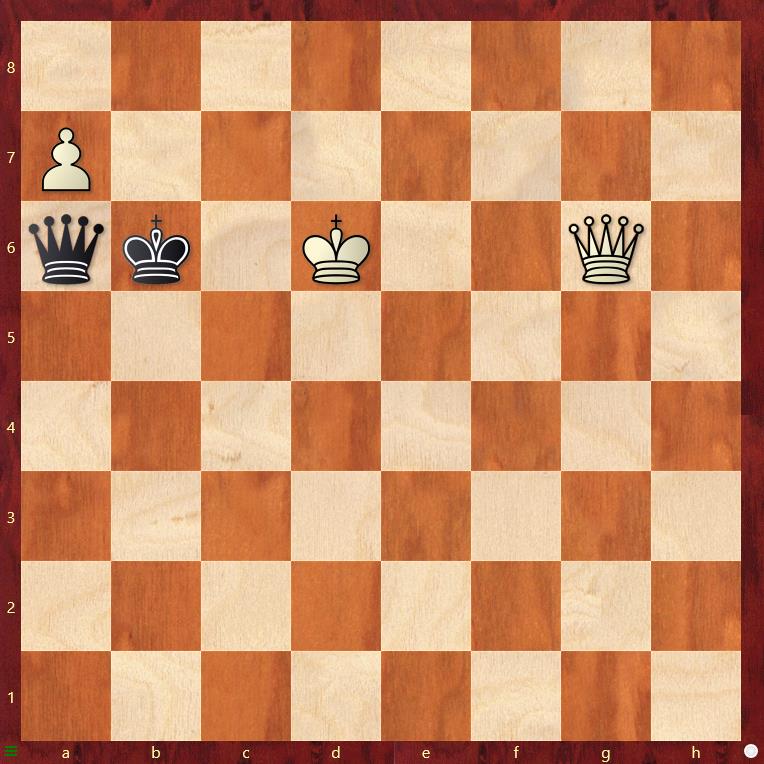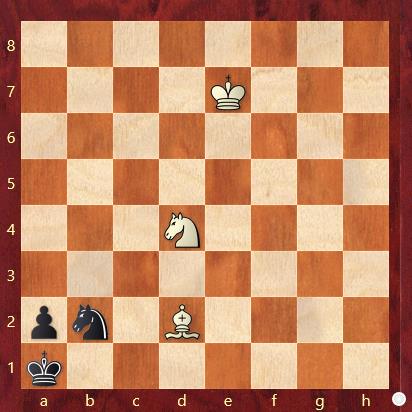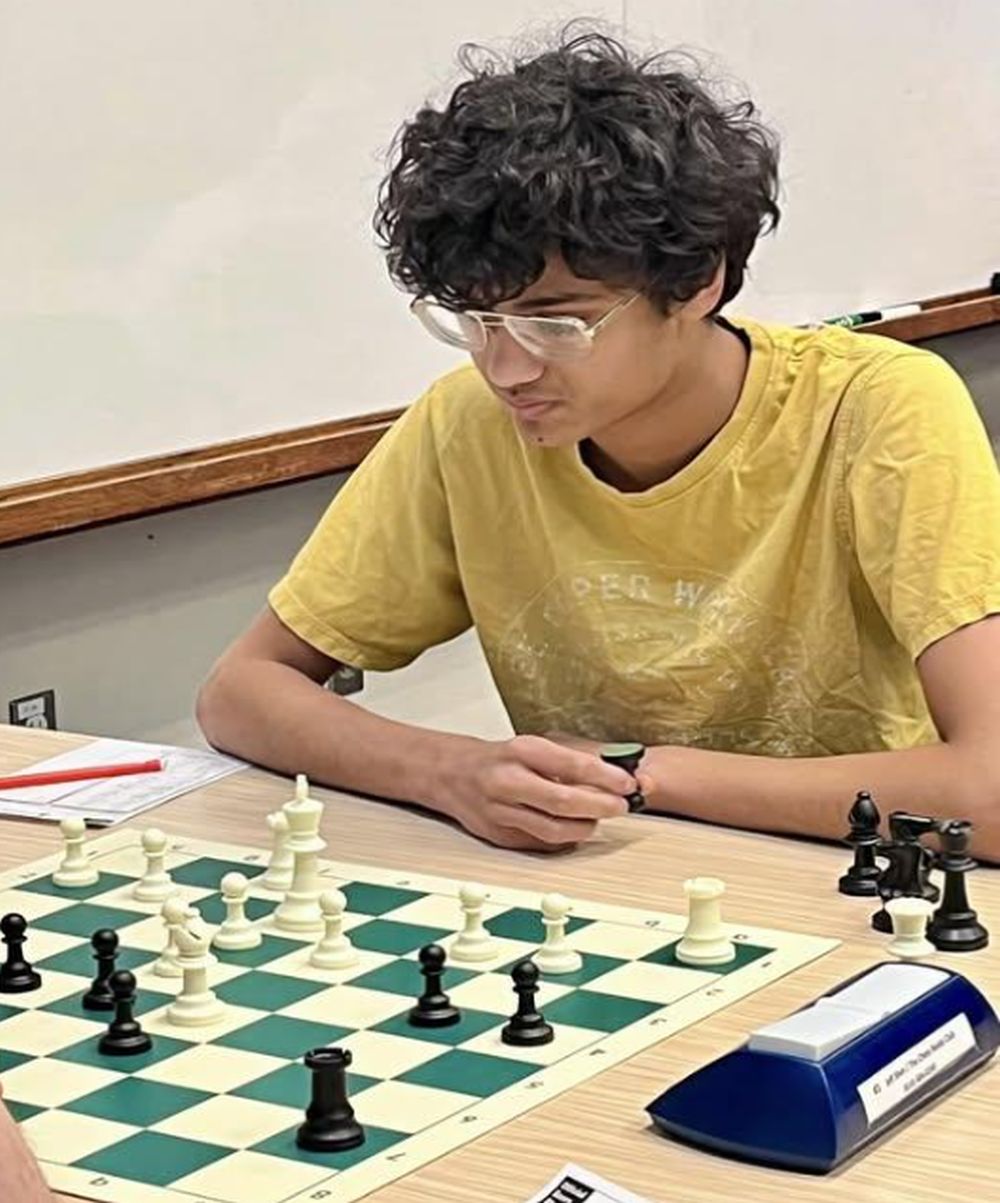Importance Of Visualization Training for Chess Players
If you are struggling with calculations in chess, you are not alone. It's one of the most common challenges players face. Yet, it is one of the most critical areas of chess improvement. This article will cover the root of most calculation issues: weak visualization. In this, you will find the effective techniques to strengthen both calculation and visualization. If you are a beginner trying to calculate a few moves or an advanced player trying for precision, this article will guide you to train smarter and think deeper on the board. Photo: Envato
See the board without looking!
Throughout my journey as a chess player, calculation has been the area I have struggled with the most. Ironically, it’s also the area that pays huge dividends whenever I work on it. I often observe that many upcoming players focus too heavily on the opening and neglect the middle and endgame skills that remain relevant regardless of the opening variation.
When we talk about calculation, it is almost impossible to ignore visualization. It is the ability to clearly picture the board in your mind while calculating multiple moves ahead. In my experience, this is a significantly underdeveloped skill among many players. There seems to be a lack of emphasis during training sessions on this aspect of the game. But there are multiple ways to improve this aspect of your game.
Tactical exercises
The most common is solving tactical exercises, ideally by setting up the position on a physical chessboard and working it out without moving the pieces. This helps your overall calculation and visualization. Initially, you might not notice much difference, but after a few consistent weeks of practice, the improvement is remarkable. What’s even better is that this method works for players across all rating levels, as long as the difficulty of the problem suits the player’s strength.
For best results, solve puzzles almost daily. Like physical fitness, calculation and visualization skills deteriorate if you stop training them regularly. This has always been my go-to method whenever I feel the need to sharpen my calculations. Plus, it's one of the most enjoyable aspects of chess study! You can use puzzle books like Romain Edouard’s Calculation series or Jacob Aagaard’s "Grandmaster Preparation" series. Creative endgame studies, such as those in Kasparyan’s "Domination in 2545 Endgame Studies", are also excellent resources.
Blindfold Training
Another powerful method is blindfold training. It means analyzing games or solving positions entirely in your head. This is a tough exercise, so I would recommend it only after you have built a basic foundation in calculation and visualization. A good starting point is endgames, where the board is less cluttered. This can make the visualization task a bit easier while still challenging you. As you improve, you can start gradually moving to tougher endgame studies. Then, you can move on to middlegames where there are many pieces on the board.
With consistent effort, it should become second nature to where you can play through a whole game blindfolded. It’s no surprise that all elite players are capable of blindfold play, with the world record being a staggering 48 blindfold games played simultaneously! Initially, I explored blindfold training purely for fun. But after many hours of practice, I started to notice a real improvement in both the speed and accuracy of my calculations, simply because I could visualize the board with far more clarity.
This skill does not depend on your age. It simply depends on your practice. Here, you can even see young stars like Praggnanandhaa solving positions blindfolded at lightning speed.
I did a deep dive into my games earlier this year after a frustrating loss in the State Chess Championship. I realized that I fail to see the entire board clearly, which causes me to miss my opponent’s ideas. That same day, I was watching a video of a top player solving studies blindfolded with ease. It made me think that if he can see his and the opponent's moves clearly and accurately in his head, then there must be something beneficial about blindfold chess! It was after that that I decided to take up solving studies like this blindfolded.
Can you try solving this position blindfolded?

Solution: 1. a8 = R (If a8 = Q, then Qd3+ could lead to stalemate) Qxa8 2. Qb1+ Ka7 (or Ka6) Kc7.
When solving blindfolded, you should start with relatively short calculations like this and slowly build up to longer, more complex ones like this:

Solution: 1 Nc2 Kb1 2. Na3+ Ka1 3. Bh6 Nd3 4. Bg7+ Nb2 5. Kf6 Na4 6. Kf5+ Nb2 7. Ke5 Nd3+ 8. Ke4+ Nb2 9. Kd4 Na4 10. Kd3+ Nb2 11. Kc3 Na4 12. Kc2+ Nb2 13. Bxb2#
Classical Chess
The third way to improve your calculation is by playing games with slower time controls, where you allow yourself the time to think deeply. When you do this, you will start to calculate deeper and build better chess habits. When you start calculating deeper, you will be forced to visualize more than you are usually comfortable doing. This doesn’t mean blitz or rapid games are bad; they can be fun and useful, but they shouldn’t be your only form of training.
In my experience as a coach, teaching the importance of calculation in the game rather than just playing on intuition alone is very critical for improvement. To be specific, I would recommend any time control that is slower than G30/D5. Often, it just takes the initial step of taking up the challenge of blindfold exercises, which I believe everybody reading has the capability and dedication to do. Just pick up any book and start solving like Vidit does here:
About the author

Bhavya Singhal started playing chess in 2013 when he was 5 years old. He is around 1950 USCF. Other than his love for playing, he is a chess coach and chess writer.
This article is edited by Rasika Ratnaparkhi.
